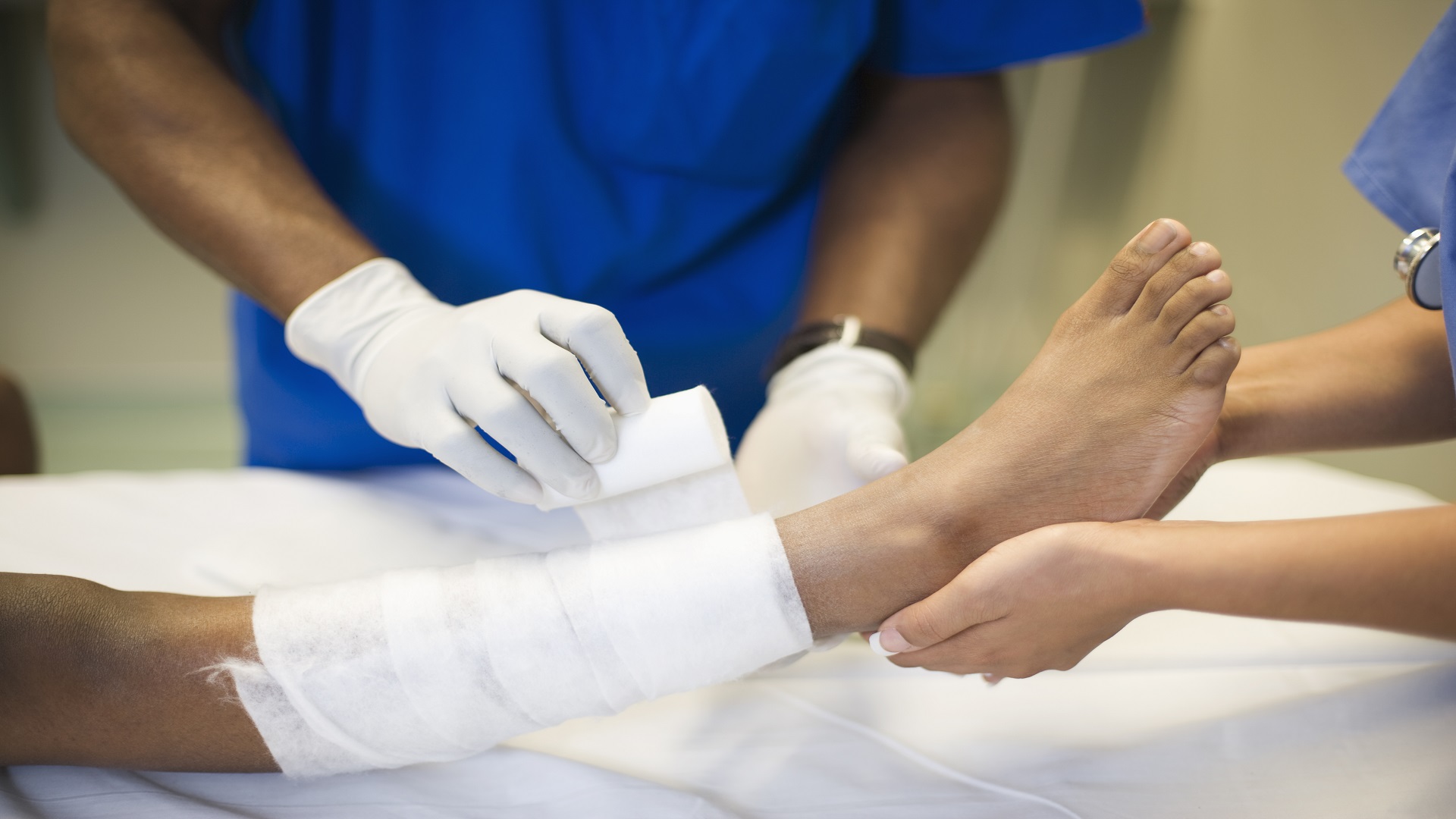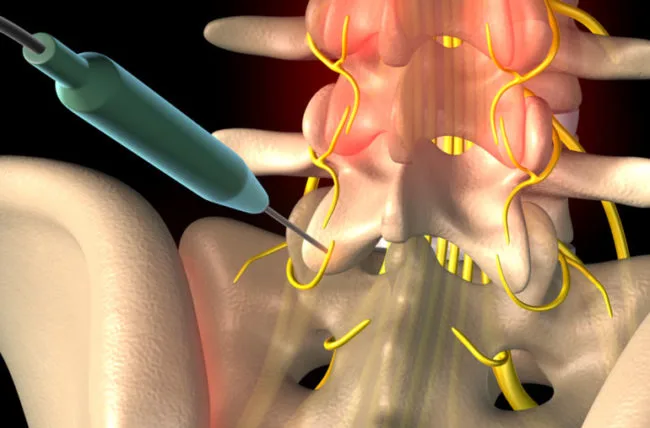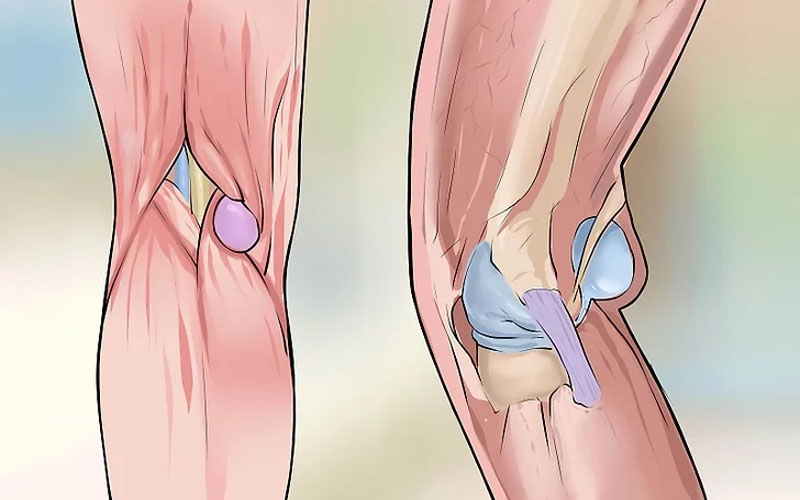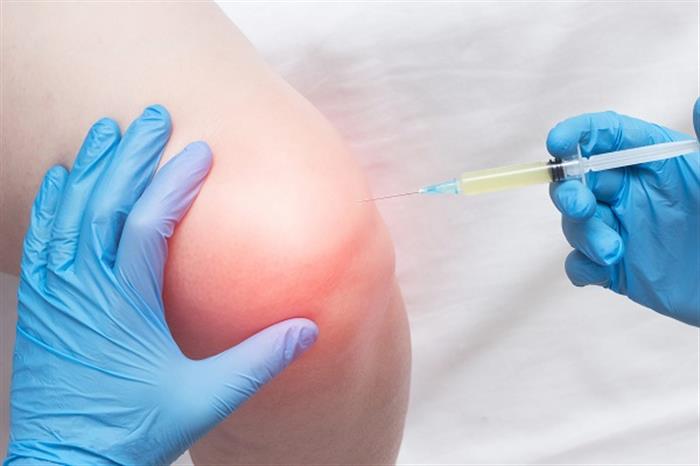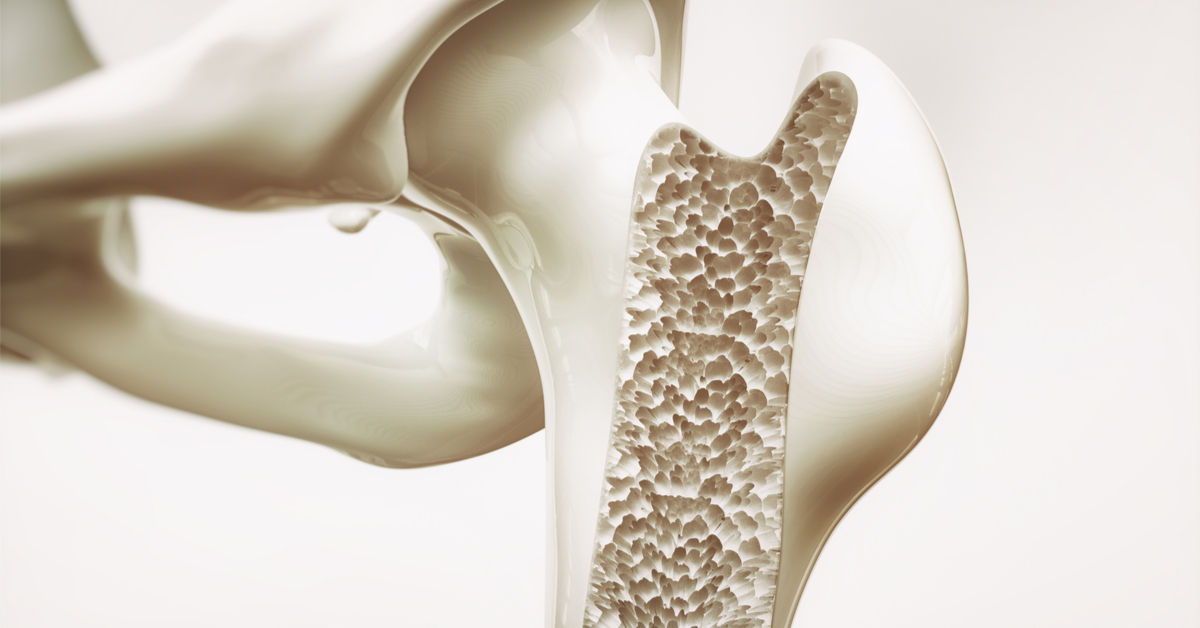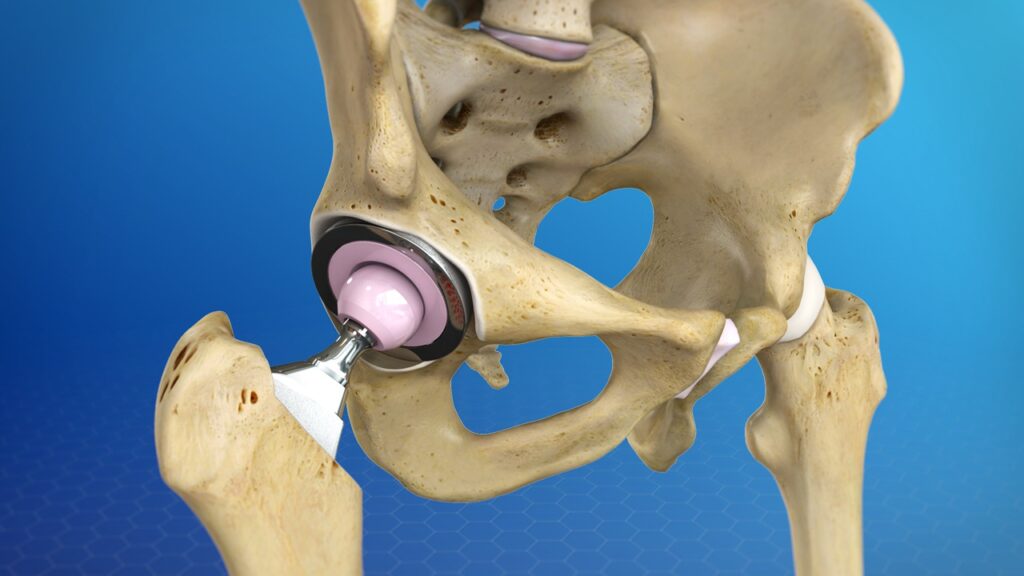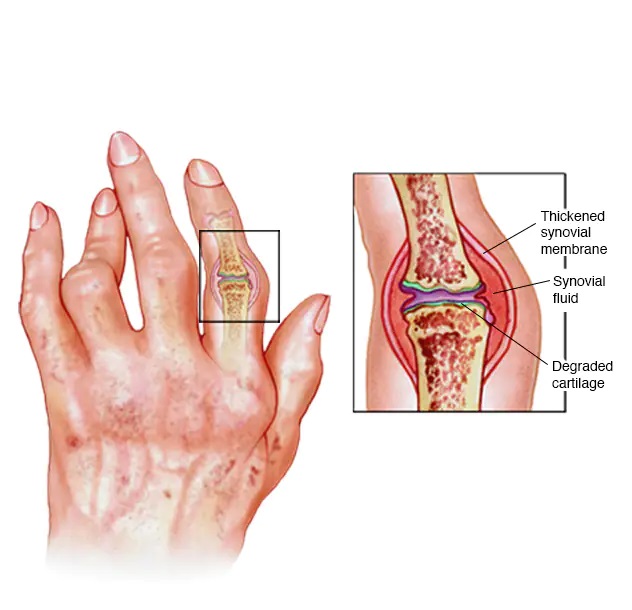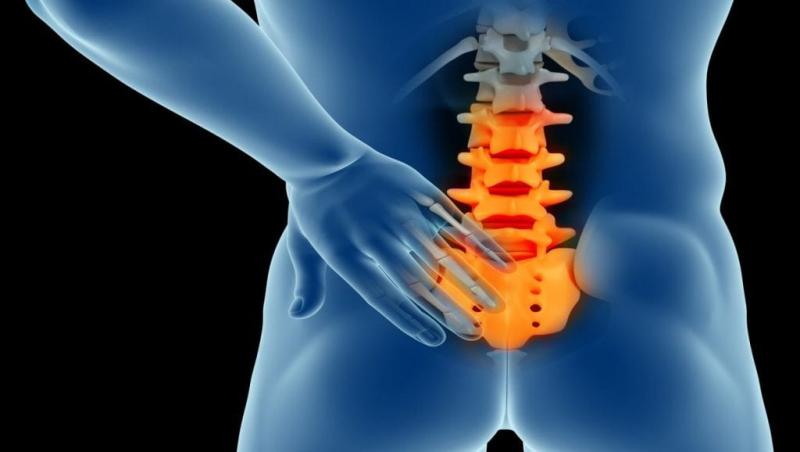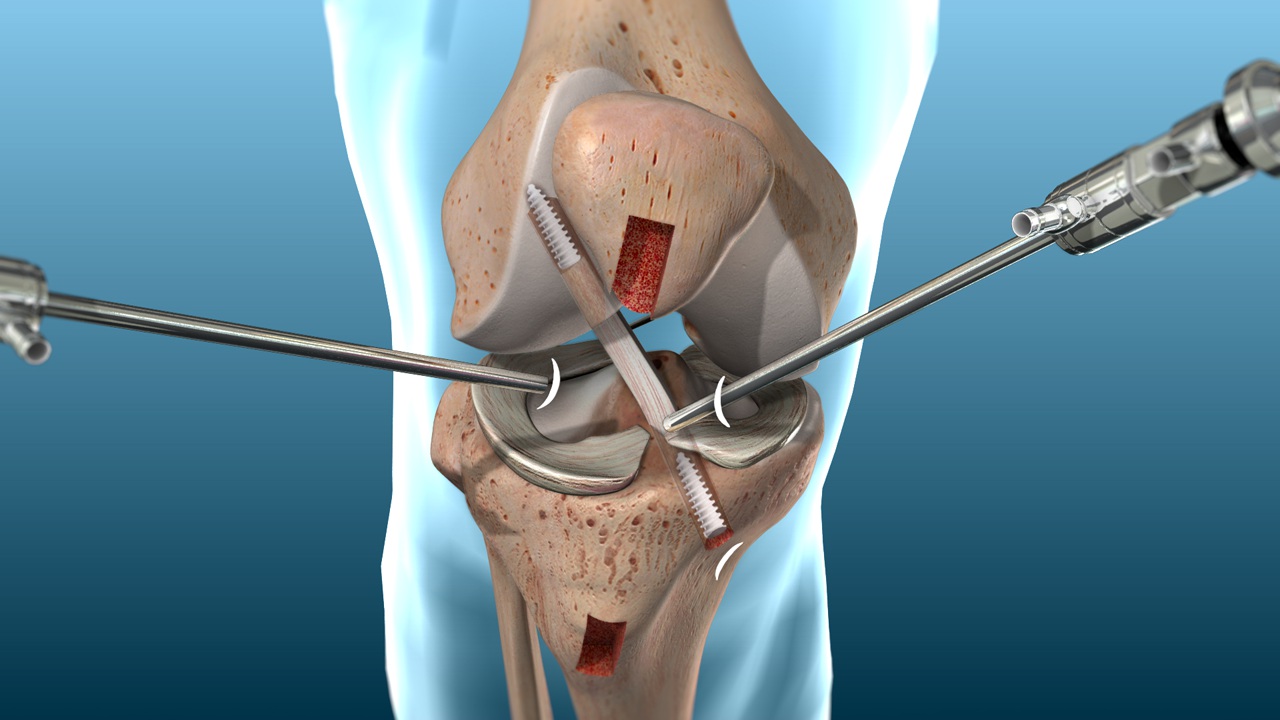Discover the Cost of Artificial Knee Joint in Egypt and the Best Doctor to Perform the Procedure!
The cost of an artificial knee joint in Egypt is one of the frequently asked questions by many people who are interested in finding out whether the procedure fits their budget or not. In the following paragraphs, we will explore the reasons why there is a need for knee joint replacement, the factors that have a clear and direct impact on determining the cost of the procedure, and the steps involved in performing it correctly. So, stay with us in this article to learn all that is new.
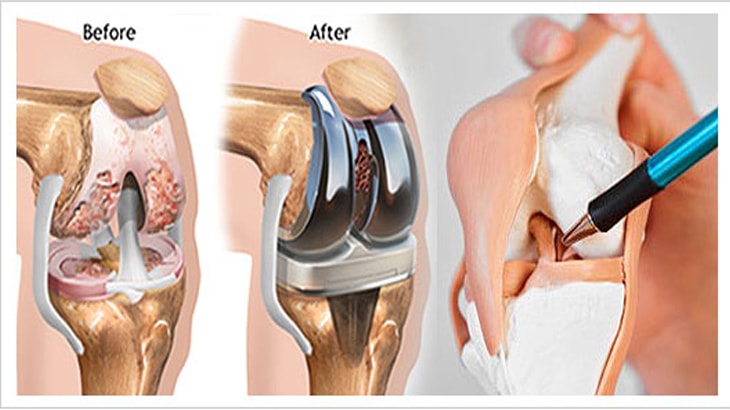
The Cost of Artificial Knee Joint in Egypt
Knee joint replacement surgery is a significant procedure for those who suffer from various knee problems, such as joint deterioration or acute inflammation that requires replacement. This procedure is one of the effective medical solutions to improve the quality of life for those experiencing severe knee pain and difficulty in movement. Many individuals interested in this procedure wonder about the cost of knee joint replacement surgery in Egypt, which depends on several factors, such as the type of joint used, the initial cost of the procedure, and the duration of the operation. The cost can reach up to 100,000 Egyptian pounds, which may not be affordable for many. However, compared to other countries, Egypt is one of the more affordable options for this procedure. If you would like to learn more details about the cost of knee joint replacement surgery in Egypt and the available options, click here.
What Is Artificial Knee Joint Replacement Surgery?
Artificial knee joint replacement surgery is a surgical procedure in which damaged parts of the joint are replaced with artificial components made of metal, plastic, and polyethylene. It is one of the most successful procedures for addressing knee problems, helping patients relieve chronic pain caused by joint cartilage deterioration. Patients often experience severe pain and stiffness due to cartilage wear and tear, affecting their mobility and daily activities. Knee joint replacement comes in two types: total joint replacement, where all joint parts are replaced, and partial joint replacement, where only the damaged parts are replaced.
When Does a Patient Need Knee Joint Replacement?
There are certain cases in which a doctor may recommend replacing the knee joint with an artificial one. This decision is typically based on the patient’s deteriorating condition and their lack of response to other treatment methods, including medication or physical therapy. Some of these cases include:
Advanced cases of osteoporosis, as knee osteoarthritis affects the cartilage in the joint and makes it unable to withstand and absorb shocks. Rheumatoid arthritis, which results in cartilage erosion. Injuries to the knee joint due to accidents or sports injuries faced by athletes. Knee joint stiffness and roughness, which make it difficult for the patient to move and hinder their ability to carry out daily activities normally, resulting in joint deformities. Persistent pain that affects the patient’s movement and reduces their response to physical therapy and steroid injections. Excessive weight gain and obesity can increase the risk of arthritis and knee pain, necessitating knee joint replacement. Certainly, aging makes the cartilage in the knee joint more susceptible to significant damage, resulting in joint inflammation.
For more information about artificial knee joints and when a patient needs joint replacement, we recommend reading this article.
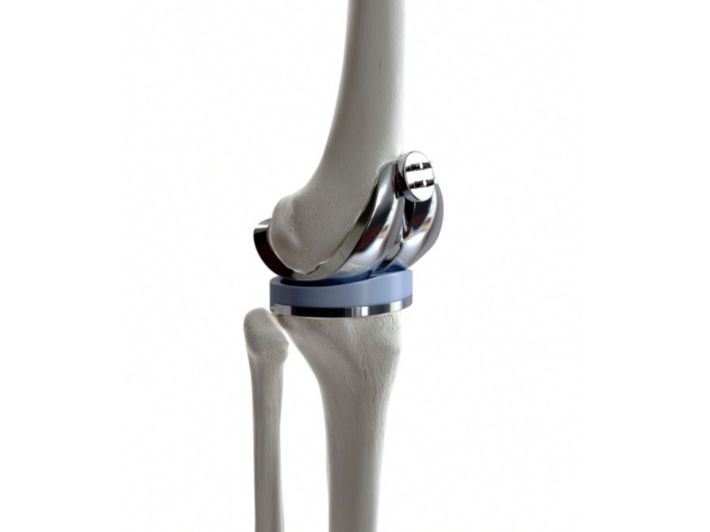
How Is Knee Joint Replacement Surgery Performed?
Knee joint replacement surgery involves several carefully followed steps by the doctor to achieve the desired results, including:
The procedure takes approximately one to three hours and is performed under general anesthesia. The doctor creates an incision in the knee joint area. Then, the doctor removes the damaged and deteriorated parts of the joint. The damaged parts of the joint are replaced with artificial ones, whether they are made of metal or plastic, and they are properly secured in their correct positions to function as the damaged joint. The replaced components include the end surface of the thigh bone and the surface of the kneecap facing the thigh bone. Once the doctor has finished their work, they close the incisions and cover them with bandages.
Before and After Knee Joint Replacement Surgery in Egypt
Knee joint replacement surgery is a surgical procedure that involves replacing a damaged joint with an artificial joint after it has deteriorated. It is an important procedure that requires adequate and accurate information about what the patient should do before and after the surgery to achieve successful results. In this article, we will discuss what should be done before and after the surgery to achieve positive outcomes.
Before the Surgery:
Before the surgery, the patient needs to undergo necessary medical tests to accurately diagnose the condition. This includes MRI or X-rays of the knee, as well as blood tests and liver and kidney function tests.
The patient should refrain from eating and drinking for ten hours before the surgery to avoid nausea and vomiting during the procedure.
Before the surgery, the patient should perform physical therapy exercises to strengthen the knee muscles and reduce potential risks of the operation.
The doctor will review the patient’s medical history, medications, and dietary supplements.
It is essential to ensure that the patient does not suffer from any medical conditions that would prevent them from undergoing the surgery.
An ECG may be performed to check the heart’s condition.
The patient should take antibiotics prescribed by the doctor before the surgery to protect against bacterial infections.
After the Surgery:
After the surgery, the surgeon will place adhesive tape on the surgical site to adhere to the upper part of the thigh and below the knee. The patient should keep the wound clean and change the dressing as needed. Additionally, it is important to keep the knee cool after the surgery to reduce swelling and pain.
Furthermore, the patient should refrain from using open baths and should use a plastic bath cover to protect the wound. It is important to avoid engaging in strenuous exercise or activities that may impact the new joint during the first few months after the surgery.
After surgery, the patient needs physical therapy to regain knee mobility and muscle strength. It is important to consider that knee joint replacement surgery is a significant procedure that requires careful attention to both pre-operative and post-operative details to ensure positive results. The patient should consult with the surgeon about the procedure and follow the surgeon’s guidance and post-surgery treatment plan to maintain good health and expedite recovery.

How Long Does Knee Joint Replacement Surgery Take?
Knee joint replacement surgery typically takes from one to three hours and is resorted to when all other available solutions have been exhausted. It is the last resort for individuals suffering from severe knee joint damage due to conditions such as:
- Growth disorders of the bones.
- Rheumatoid arthritis.
- Severe osteoporosis.
- Ligament damage due to osteoporosis.
- Gout, which leads to knee cartilage erosion.
Now that you understand the purpose of knee joint replacement surgery and the primary reasons leading to it, you might wonder about the benefits it offers to the patient. The following paragraphs outline the most important benefits of knee joint replacement surgery:
- Pain Relief: The surgery helps alleviate the patient’s pain that does not respond to any type of pain reliever.
- Improved Mobility: After the joint replacement, the patient experiences reduced pain, enabling them to walk freely for an extended period. They can also climb up and down stairs without difficulty.
- High Success Rate: Knee joint replacement surgery has a very high success rate and is generally safe for most patients.
- Preservation of Health: The procedure aims to maintain the patient’s health by preventing weight gain resulting from inactivity and related psychological problems.
Post Knee Joint Replacement Surgery Physical Therapy:
“Our extensive experience in knee and hip joint replacement allows us to achieve excellent results for patients. Whether you suffer from joint inflammation, a sports injury, or gradual wear and tear, we provide evidence-based care tailored to your individual needs.”
It is entirely normal for the patient to experience pain after knee joint replacement surgery. The doctor may prescribe pain relievers and anti-inflammatories to help improve the situation to some extent. Once the patient feels improvement, they should stop taking these pain medications to avoid any potential health issues. However, if the pain persists beyond this point without improvement, the patient should consult the doctor immediately.
Is it possible for the patient to undergo physical therapy one day after the knee joint replacement surgery under the supervision of a doctor due to its significant role in rehabilitating the knee and strengthening the leg so that it regains its mobility through the new joint? The start of therapy has a substantial impact that becomes evident in a short period, as the patient gradually notices improvement in their condition. They can engage in exercises for 20 to 30 minutes two to three times a day. In addition, the patient needs to walk for half an hour twice a day.
The physical therapy program typically involves the following:
Day One: This day is spent in the hospital, with the physical therapist guiding the patient on how to get out of bed and gradually apply weight to the new knee for the first time. The patient may take their first steps with the assistance of a walking device. The doctor may also assist the patient in completing exercises by the bedside, such as thigh muscle contractions for 5 to 10 seconds, followed by a short rest, and then repeating this ten times. Additionally, they may perform ankle lifts by moving the foot up and down to work on leg muscles.
Day Two: The patient continues with sports exercises to strengthen the muscles surrounding the knee and provide support. They practice knee bending and straightening alongside thigh muscle contractions. The patient may also increase the distance they walk using a walker or crutches.
Day Three to Day Five: During this period, the patient may still be in the hospital or discharged based on the doctor’s assessment of their condition. With some assistance, the patient may be able to climb a few steps.
Day Five to Week Four: Training gradually increases during this time, making the knee stronger step by step. The patient can walk longer distances, initially relying on crutches or a walker. Gradually, they may no longer need crutches or a walker while walking and can stand on their own for more than ten minutes. They may also start using an exercise bike, initially moving backward only, and then forward when the knee becomes sufficiently strong.
After Four Weeks: After this period, the physical therapist may add light weights to increase resistance.
If you would like to learn more details about the therapy process followed by patients who have undergone knee joint replacement surgery and their walking after the procedure, you can refer to this article.
Factors Affecting the Cost of Knee Joint Replacement Surgery
The significant variation in the cost of knee joint replacement surgery depends not only on the type of joint but also on several factors that play a significant role in determining the overall cost. These factors include:
- The patient’s overall health and medical care needs: One of the fundamental factors in determining the cost of knee joint replacement is the patient’s health condition. The situation varies from person to person based on age or the presence of chronic illnesses, which may require additional care before and after the surgery.
- The extent of damage to the joint: The degree of joint damage varies from one individual to another. Some patients may only require a partial knee joint replacement due to injury in a specific part of the joint, while others with severe joint damage that has completely destroyed it may need a total knee replacement.
- The cost of required pre-operative tests: Before undergoing surgery, the doctor may request certain necessary tests to reach an accurate diagnosis and ensure that there are no contraindications for the knee joint replacement. The cost of these tests contributes to the overall cost of the procedure.
- The experience of the surgeon and the medical team involved: It is essential to inquire about the surgeon who will perform the procedure, assessing their skills, competence, and years of experience in the field. This step can help the patient avoid potential complications and post-surgery suffering.
- Duration of treatment and care: The medical care and attention the patient needs after the surgery have a significant impact on determining the cost of the procedure. The duration of post-operative care varies depending on the patient’s condition and the level of care required.
- The quality of the medical facility: The choice of a medical facility plays a vital role in the cost of the procedure. Cleanliness, sterilization practices, adherence to quality standards, and the use of the latest techniques and modern equipment all contribute to the overall cost.
- The type of technology used: Several different techniques can be employed in knee joint replacement surgery. Some surgeons opt for traditional surgical methods, while others may use laser technology to minimize the risk of bleeding. Each technique has its associated cost.
- The type of artificial joint used: Knee joint replacement prostheses come in various types, depending on the manufacturing company, materials used, and their quality. Each type has its specific cost, and the choice should be based on what is most suitable for the patient’s condition.
These factors collectively contribute to the variation in the cost of knee joint replacement surgery. It is crucial to consider these factors and discuss them with the medical team to make informed decisions regarding the procedure.
Is Knee Joint Replacement Surgery Dangerous?
Knee joint replacement surgery, in itself, is safe and not considered dangerous. However, like any surgical procedure, it may be associated with some complications, including:
- Infection or joint inflammation: Postoperative infections or inflammations in the joint can occur and may require additional surgical intervention.
- Deep vein thrombosis (DVT): Blood clots in deep veins of the legs can be a common complication of knee joint replacement surgery.
- Ligament damage: The ligaments surrounding the knee joint may be damaged during the procedure.
- Vascular and nerve damage: In some cases, blood vessels and nerves in the joint area can be damaged, leading to numbness or weakness in the affected area.
- Allergic reactions to anesthesia: Some patients may experience allergic reactions to the anesthesia used during the surgery.
- Persistent pain and stiffness: Patients may experience continuous pain and stiffness in the knee joint after the surgery.
- Fractures: Bone fractures around the joint may occur during the procedure.
- Bleeding in the joint area: Some patients may experience bleeding in the joint area.
- Prosthesis damage or loosening: The artificial joint components may become damaged or loosen over time.
- Unwanted scars: Undesirable scarring may develop at the surgical site on the knee.
- Urinary tract infection: Patients may be at risk of developing urinary tract infections.
- Nausea and vomiting: Some individuals may experience nausea and vomiting after knee joint replacement surgery.
- Pulmonary embolism: Pulmonary embolism, a condition causing shortness of breath and chest pain, can rarely occur as a complication.
It’s important to note that these complications are relatively rare, and the benefits of knee joint replacement often outweigh the risks for patients who require the procedure. The decision to undergo knee joint replacement surgery should be made after thorough consultation with a medical professional, weighing the potential risks and benefits based on individual circumstances.
What is the Success Rate of Knee Joint Replacement Surgery?
“Enjoy peace of mind knowing that you are receiving optimal care with Dr. Amr Amal and his extensive experience in knee joint replacement surgeries.”
Knee joint replacement surgery is known for its high success rate, which exceeds 95% when performed correctly and when the patient is well-prepared and has undergone the necessary preoperative tests. The expected lifespan of an artificial knee joint varies from person to person but generally lasts between 10 to 15 years. There are some recommendations most doctors advise their patients to follow to help maintain the artificial joint, allowing the patient to regain knee mobility more quickly after the surgery and return to their daily activities. These recommendations include:
- The patient should care for the surgical incision, keeping it clean, dry, and free from contaminants to prevent bacterial infection.
- Elevating the leg or applying cold compresses to the joint can help alleviate pain and swelling.
- Avoid placing a pillow under the knee during prolonged periods of lying down.
- The patient should avoid sudden and forceful bending of the knee.
- Maintaining a healthy and balanced diet helps muscles recover faster, regain strength, and regain activity.
- Adhering to the instructions of the physical therapist and following the prescribed exercises and activities helps the joint regain flexibility and proper movement. This is what the post-operative rehabilitation program provides, contributing to the patient’s success in regaining strength and the ability to move freely and comfortably.
- The patient should be cautious about their movements and try to avoid falling on their knee as much as possible, especially during the early weeks following the surgery.
- Using crutches or a walker during the initial period significantly improves the patient’s ability to walk and use their knee effectively as they did before.
- It’s important for the patient to avoid engaging in high-impact sports like running, which can have a detrimental effect on the knee. Instead, they can replace such activities with low-impact exercises like walking, which help strengthen the muscles without harming the artificial knee joint.
Who is the Best Doctor for Knee Joint Replacement in Egypt?
Don’t waste precious time in pain and waiting. Contact us today and let Dr. Amr Amal and his medical team bring life back to your joint and knee. Get ready to return to free movement and enjoy life with complete comfort and confidence.
If you’re looking for the best doctor for knee joint replacement in Egypt, we can recommend Dr. Amr Amal as one of the finest specialists in this field. He is committed to using the latest techniques and equipment to achieve favorable outcomes and takes great care in monitoring his patients to ensure that the procedure goes smoothly and produces the desired results.
Dr. Amr Amal has extensive experience in knee joint replacement surgeries, where he conducts the necessary examinations and evaluates the patient’s condition. He collaborates with the patient to create an optimal treatment plan. The choice of treatment in such cases depends on several factors, such as the patient’s age, overall health, the condition of the knee joint, the extent of damage to the joint, the patient’s lifestyle, and their commitment to the treatment plan.
Dr. Amr Amal explains the knee joint replacement procedure in detail to the patient and their family, including the potential risks and complications of the operation. He also provides the necessary advice and guidance to help the patient recover after the surgery.
Dr. Amr Amal is considered a trusted physician in the field of orthopedic and joint surgeries, known for his high competence and extensive experience in providing optimal and efficient treatment to patients. His expertise and wide knowledge in this field make him a reliable choice for knee joint replacement surgery in Egypt.

